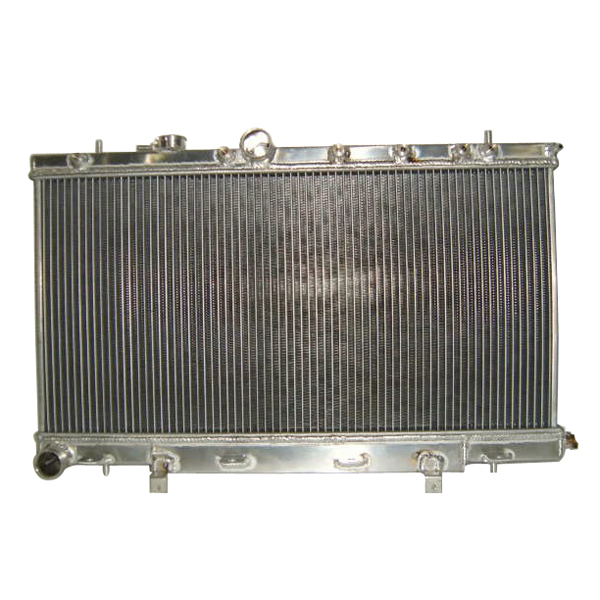How to choose racing radiator
Our racing radiator is designed to provide maximum cooling efficiency to prevent premature engine failure. It's light-weight, and high-heat transferring aluminum features a tube and fin design, dramatically increases surface area that enables the heat to dissipate more efficiently. Our racing radiator is at least 25%-30% more efficient than stock ones, which means that your cooling system will be more efficient and will be more resistant to temperature surges in racing applications.

Why an Aluminum Racing Radiator
Although the concept of a radiator is quite simple, getting a radiator to work properly under the extreme conditions of auto racing is not as simple. Most stock motorcycle and automotive radiators are not designed to stand up to the rigors of auto racing—this includes both their strength and performance.
Most radiators for street applications are designed around the principle of getting the job done for the lowest possible cost. As a result most stock/OEM radiators are merely adequate for the task of cooling a car or motorcycle engine during normal usage—forget about under the stresses of racing. The tubes in a radiator are the primary source of cooling and the fins are secondary. Since tubing is much more expensive than fins, most stock/OEM radiators increase the amount of fins to reduce the amount of costly tubing required. A good aluminum racing radiator does just the opposite—more tube surface for primary cooling and fewer fins allowing it to cool much more effectively. The increased number of fins on a stock/OEM radiator can also adversely affect the performance of the radiator. Since additional fins allow less space for dirt and debris to pass through, it becomes harder for the air required to dissipate heat to pass through the radiator. This is very important in auto racing where more dirt, rubber and other debris is present. Additionally, the higher fin count can represent a small air restriction which causes air to flow around the sides of the radiator rather than through it. One additional thing to keep in mind is that most stock motorcycle radiators are designed to work with unrestricted airflow. When placed in a racing car behind or under bodywork it becomes much harder for them to work efficiently.
Two additional benefits of aluminum racing radiators are strength and weight. Most aluminum racing radiators have the tanks welded to the tubes rather than brazed or sealed with epoxy. This makes the radiator much stronger and more capable of standing up to the rigors of racing. Aluminum racing radiators are also much lighter than stock/OEM radiators because of the lighter materials and lower fin counts.


